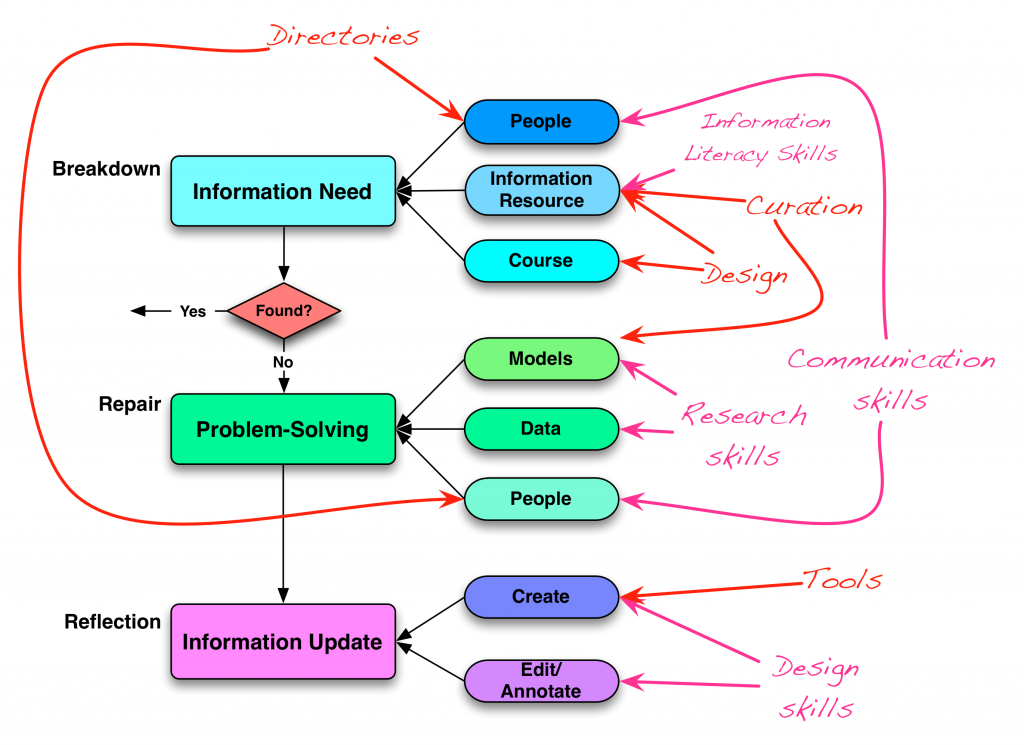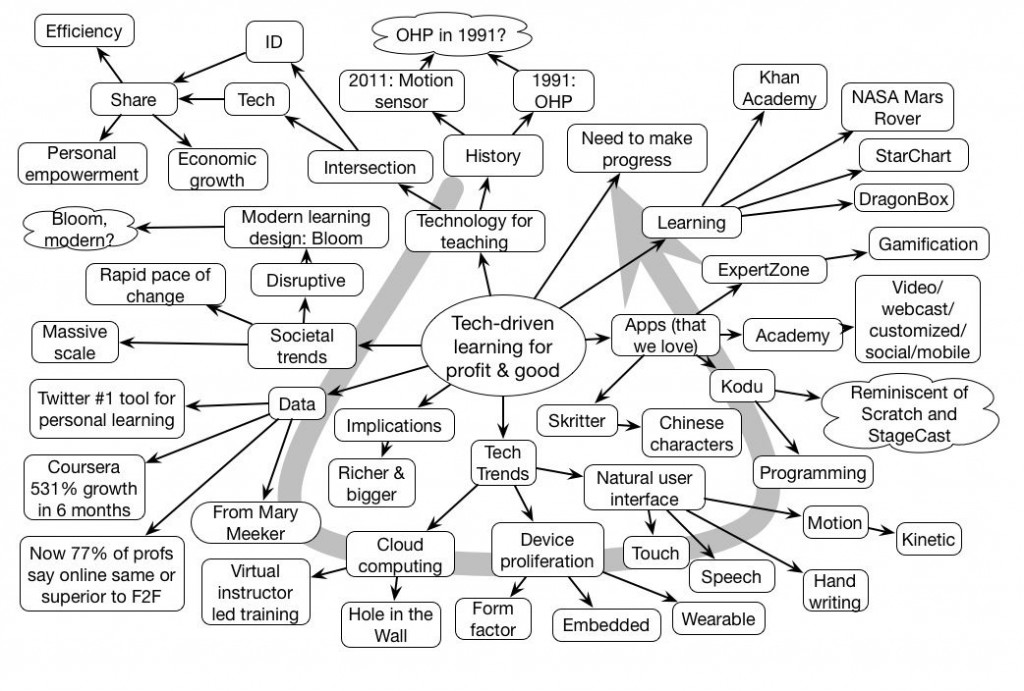A few posts ago I posited that formal learning should be expensive. Then, as a consequence of my subsequent posts on social first and performance support second, I was in a discussion where the question was shouldn’t performance support be first. It intrigued me, but my response was that while it’s not just about saving resources, using people is more appealing in general and given the expenses for developing performance support it should be a secondary response. So why do I say Performance Support (PS) shouldn’t be cheap?
First, there’s a lot that goes into good job aid design. I visited a bank many years ago, and was investigating their processes. During the course of it they mentioned a job aid, and after I examined it I pointed out that it did a good job of structuring the information process, and the employees I was talking to weren’t aware of how well it did. However, it was structured to support getting the information, but not structured for effective use. First, the employees were supposed to ask the questions by rote, which would lead to a bad customer experience. No one wants to interact with a person reading rote questions: that’s a role for tech. Yet There wasn’t a lot of highlighting to help focus on the important points, and gradually support personalizing the communication. It was graphically designed appropriately, with spacing and color, and informationally designed but not usably designed.
And that’s the point, there are nuances to usable design that you shouldn’t assume you can wing, so it takes time and skills to get it right. You need to do the right analysis, right information design, graphic design, and usability design. You may also need to do the right information architecture, so it’s findable both by search and browsing. If it’s not findable when needed, it’s not going to get used and won’t help.
Second, don’t assume you’re going to get it right the first time. As Atul Gawande said in The Checklist Manifesto, he iterated many times to refine simple checklists to support performance. You’ll want to test and refine iteratively until you’ve documented that the design works and yields the desired reports. Don’t assume (as we do with much elearning too) that ‘if we build it, it is good’. You need to test it in context, with real users, to see if it meets their needs. Really, the designer should ultimately be the user!
Yet often resources created by performers are useful. Why is that? Because they’re in context, and are creating what they need. It may still benefit from some support, but this shifts the L&D role to facilitation, not design. And this is good.
At the end, the more we can help people help themselves, the more overall help is being provided, so we’re optimizing our time and impact. And that’s what we want, right?

